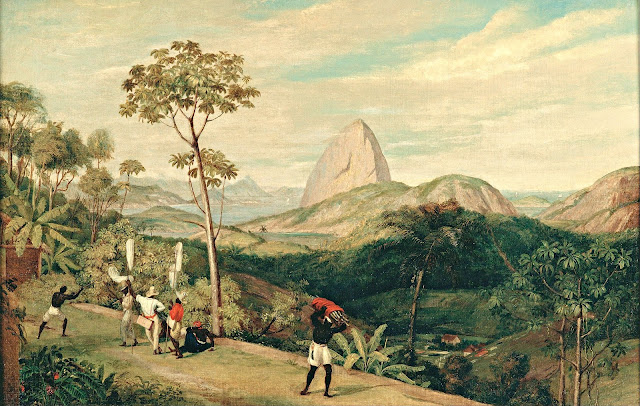The mountain
The Pain de Sucre (Sugar Loaf not to be confused with the one in Brazil) is a summit of the massif of Escreins. It is located on the Franco-Italian border. It is easy to access for any hiker of medium level and being well equipped. It is necessary to climb before the Vieux pass (2 806 m) on the GR 58. From the top of the Sugar Loaf, marked by a small cross, we can clearly see Mount Viso.
The painter
The Swiss lithographer, landscape painter and engraver Gustave- Eugène Castan was trained in the studio of Alexandre Calame, whom he accompanied in Italy in 1844, then, the following year, in the Bernese Oberland. During his studies, he became friends with the French painter Eugène Castelnau and followed him to Paris in 1849. In 1850, he visited France and met the painter Auguste Ravier and, in 1852, Corot, which has a decisive influence on him. In 1856, he was mobilized in the context of the Neuchâtel affair and drew current events. In 1857, he went to the Paris Salon, which he visited with Corot, then traveled through Brittany and Normandy. He then divides his life between Switzerland and France and often goes to the Berry where he becomes a familiar of George Sand. It is during one of these visits that she makes him discover the landscapes of the Creuse. He then goes there every year during the summer months and contributes to the birth of the "Valley of painters" and the Crozant school.
In 1865, Castan was a founding member of the Swiss Society of Painters and Sculptors, of which he was president in 1887.
The emperor Napoleon III bought his painting A morning autumn, making Castan definitely famous. He presented landscapes of Belgium, Normandy, Brittany, Dauphiné and Creuse. He also participated in the Vienna International Exhibition in 1873 and the Jubiläumsausstellung in Munich in 1888.
___________________________________________
2019 - Wandering Vertexes...





